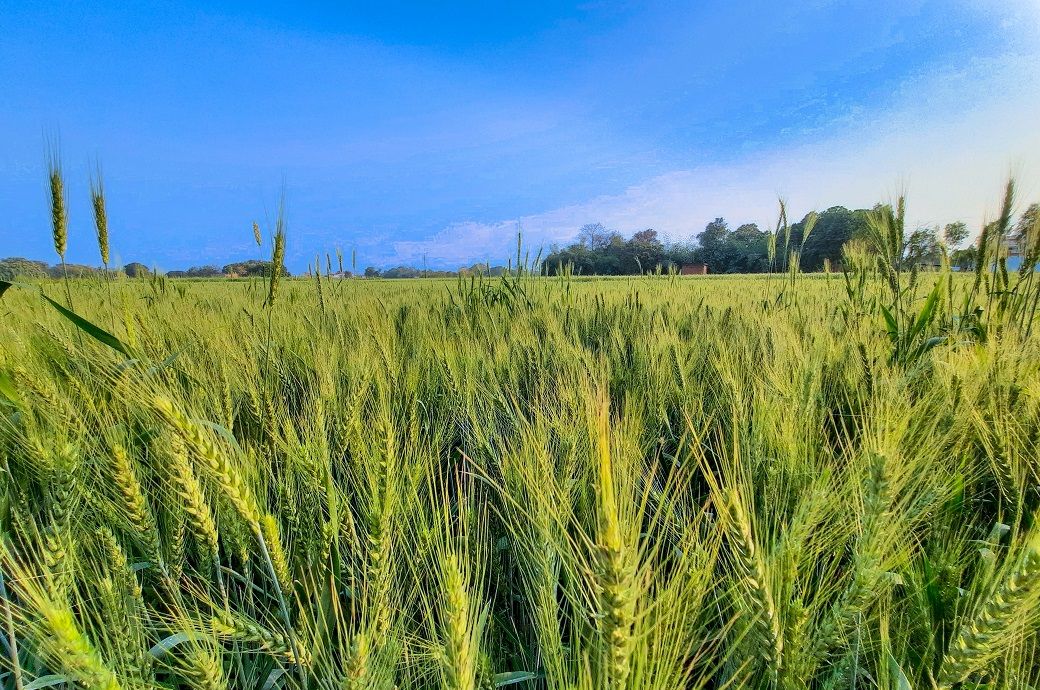
The study explored various agricultural residues—including potato pulp and sugar beet pulp—but found that wheat straw and oat husks yielded the best results in creating dissolving pulp, a key ingredient for manufacturing clothing fibres.
With cotton being water-intensive and environmentally taxing, this innovation could significantly reduce the clothing sector's ecological footprint while enhancing the value of agricultural by-products.
This new method is seen as promising step towards sustainable fashion, is simpler, more environmentally friendly, and utilises waste from crops Sweden grows abundantly, Chalmers said in a report.
“With this method, which we further developed in this study, we show that you can make textile pulp from certain agricultural waste products,” said Diana Bernin, assistant professor at the Department of Chemistry and Chemical Engineering at Chalmers and senior researcher in the study. “This is an important step towards being able to create textiles from waste products instead of using cotton, which isn’t climate-friendly, or wood, a material that we want to use for so many things while also needing to preserve it for the benefit of the climate.”
The team used soda pulping as one part of the process. This means that the raw material is boiled in lye, which makes manufacturing more sustainable.
“Lye doesn’t contain any toxins or substances that impact nature. Soda pulping doesn’t work for wood fibres, so making textile pulp from wheat straw and oat husks requires fewer chemicals than making forest-based cellulose,” added Bernin. “It is also a simpler procedure, in part because it doesn’t require processing such as chipping and debarking. In addition, it increases the economic value of oats and wheat, when leftovers from their production can be used as raw materials for cellulose extraction.”
She further said that it is likely that several other agricultural waste products can be used for textile manufacture using the method her team developed.
Bernin is currently involved in an international project that has found, using the method in this study, that press-cake from grass from fields works very well to create dissolving pulp.
In ongoing yet-to-be-published studies, the researchers have advanced their work by successfully creating textile fibres from dissolving pulp derived from wheat and press-cake from grass.
Looking ahead, Bernin is optimistic about the potential to utilise existing pulp-and-paper industry infrastructure. Since this industry already has the necessary technology and processes in place, it could be effectively adapted to produce dissolving pulp from agricultural waste, paving the way for more sustainable textile production. “If we can make use of our existing industry and adjust their processes instead of building new production facilities, we’ve already come a long way,” she said.
The lead author of the study is Joanna Wojtasz, former postdoc at Chalmers and now a researcher at the innovation company Tree to Textile, which is one of the partners in the project.
“The study shows that there is a lot of potential in agricultural waste,” said Joanna Wojtasz. “We really shouldn’t disregard the opportunity to use this type of cellulose streams for our future clothing.”
ALCHEMPro News Desk (SG)
Receive daily prices and market insights straight to your inbox. Subscribe to AlchemPro Weekly!